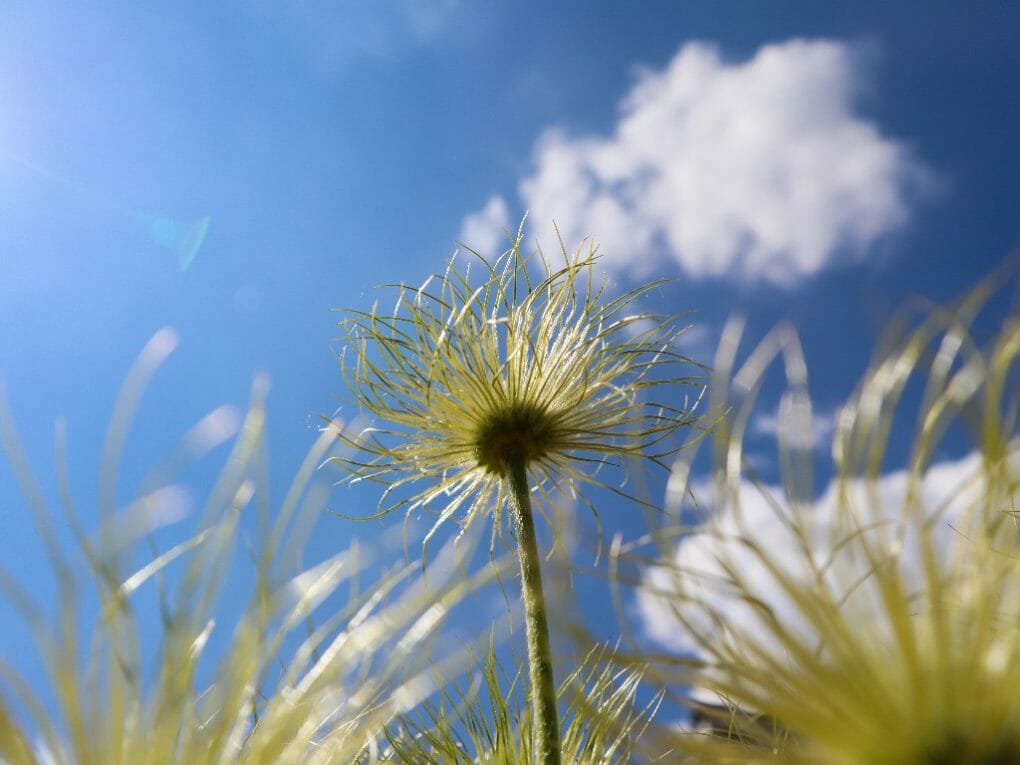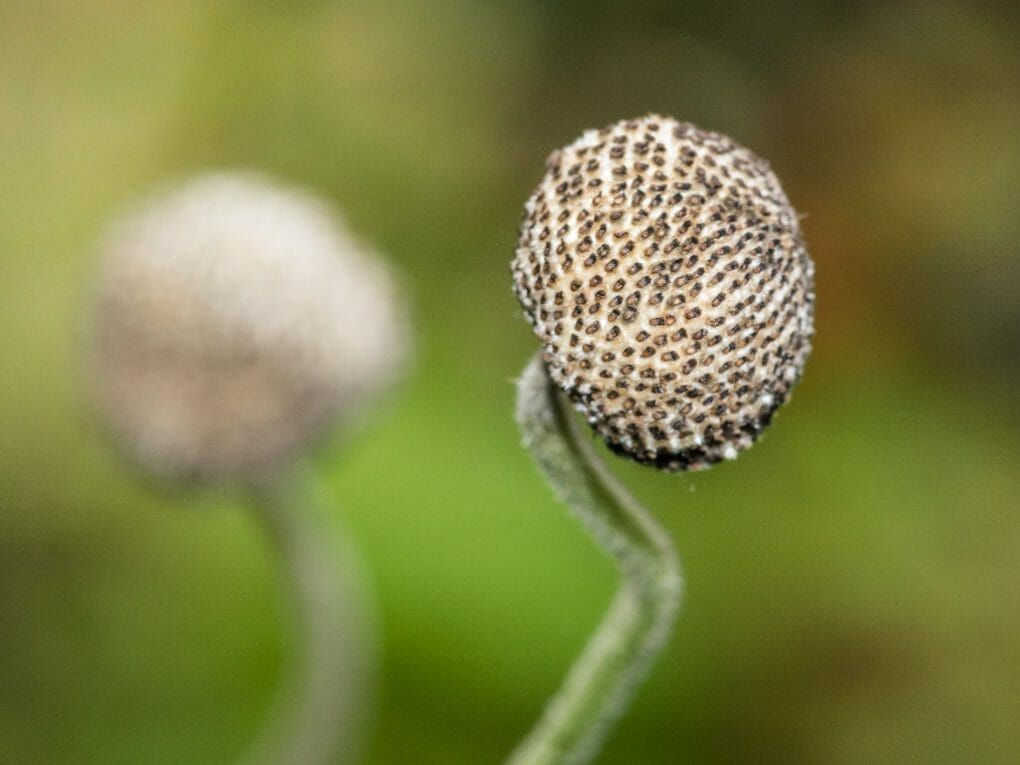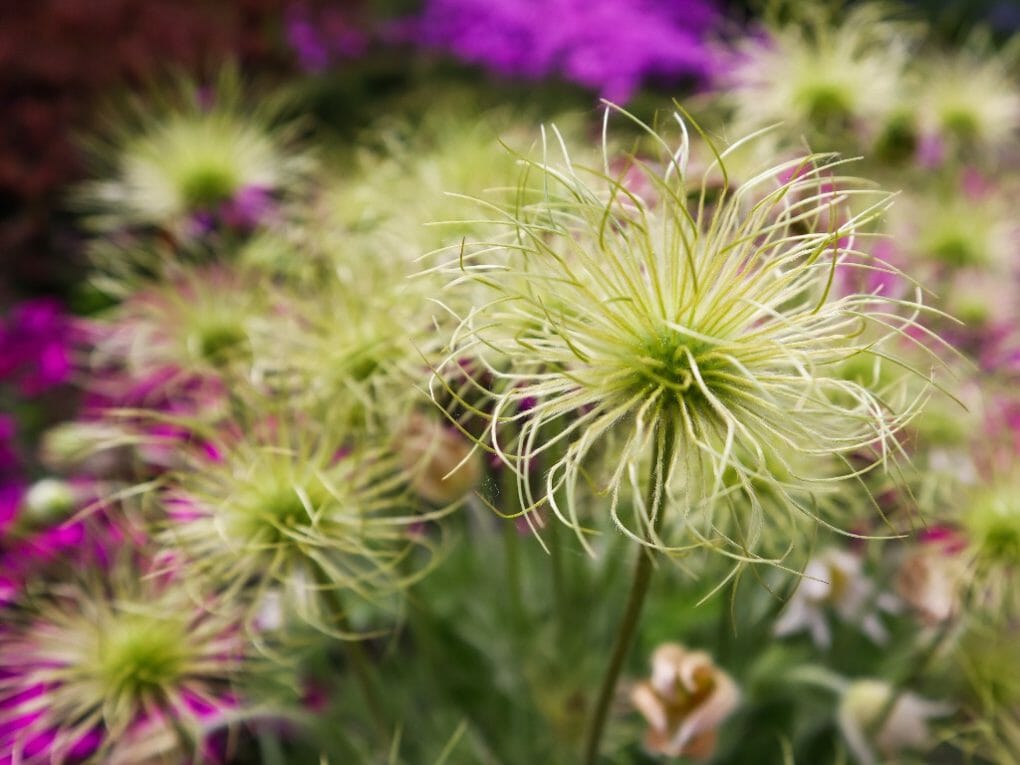Anemone From Seed: How to Grow Anemones From Seed In Your Garden

Anemones are some of the most exciting and unusual plants out there. Not only are they beautiful, but they are also resourceful and adaptable. In this article, we look at anemones from seeds and show you how to grow them successfully in your garden. Whether a beginner or a seasoned gardener, anemones are a great addition to your botanical lineup.
Table of Contents
The Proper Way to Sow Seeds of the Japanese Anemone
Japanese anemones flowers, perennial flowering plants native to Japan, resemble roses and are known for their showy appearance. Japanese anemone flowers appear singly atop each stem. In USDA Plant Hardiness Zones 4-8, Japanese anemones can reach a height of between 24 and 36 inches when fully grown. Growing Japanese anemones from seed can reward you with a garden full of these charming flowers that bloom in the summertime.
The Process of Developing Seeds of the Japanese Anemone
Put seed-raising potting soil into plastic pots with 3 or 4 inches diameter until the pots are full. Continue to press down on the soil until you are certain that it has been thoroughly compacted.
After adding water to the plastic containers, wait for the soil to completely absorb the liquid before determining whether or not the soil is sufficiently soaked.
A pair of tweezers or forceps can be used to plant two to three seeds of Japanese anemone in each pot. Utilizing tweezers, plant each seed deep within the soil.
On top of each seed for Japanese anemone, evenly distribute a quarter of a millimeter’s worth of soil. Put the plastic containers inside the plastic shopping bags. If you do not have any plastic bags, you can use a layer of clear plastic wrap to cover each pot and then secure it with a rubber band if you do not have any plastic bags.
Move the plastic pots to a location in your home where the temperature will remain between 15-18°C (60 and 64°F) for the foreseeable future. Spraying the ground with water to create a fine mist will help maintain the soil’s moisture level. Keep the pots in this location for two weeks.
Transfer the plastic pots to an area where the temperature will stay between 35-40°F. After six weeks, return the pots to the location where the temperature ranges from 60-65°F and cover them with a layer of newspaper to block out light. After a period of about one to three months, the seeds of the Japanese anemone will begin to germinate.
Once the seedlings have emerged, take off the plastic bags or peel away the layer of plastic wrap. The ideal time to transplant seedlings is when they have reached a height of three to four inches.
The Replanting of Seeds of the Japanese Anemone
A potting mix should be poured into plastic pots with a diameter of 6 inches until the pots are almost full, leaving about half an inch of headroom. The mixture should be wet enough to pour when you pour water into the pots.

Use a trowel to remove some soil from the center of each container. The diameter of the hole ought to be somewhere between three and four inches, just like a typical pot.
Take a seedling of Japanese anemone out of its growing container and set it somewhere safe. Place the container in a horizontal position, and using the trowel, tap downwards along the rim as you move it away from the root system.
Place the seedling of Japanese anemone in the new container it will be growing in. A seedling of Japanese anemone should have soil pushed up around it, and it should be given extensive moisture.
While the seedlings of Japanese anemones are still acclimating to the temperatures found outside, place the pots containing the seedlings in a location that will provide protection from the wind and sun.
Anemone Care
The blooming cycle of the species you choose determines when you should plant your anemones during the year. Plant flowers bloom in the spring in the fall, and plants that bloom in fall in the spring. Anemones come in various species, each with a unique set of root structures and a unique planting technique. In most cases, anemones are grown from corms or bare roots purchased from a retailer either online or through the mail.
Some species, such as A. coronaria, also called poppy anemone, have roots that look like corms or bulbs. These bulbs can be found underground. The tiny corms are planted in clusters, similar to how tulips or daffodils are grown. Arrange them, so each cluster is about one inch apart from the next and two inches deep. Allow nature to determine how far apart the cluster will become. When dealing with plants that produce corms, you should wait until the corms’ foliage has died back naturally before removing the foliage.
Other species, such as A. hupehensis, also referred to as Japanese anemone, have tuberous or rhizomatous roots planted in small groups somewhere between three and six inches deep.
Be generous with your planting of the small spring anemones. These low-growing plants can reach a height of up to 15 inches and look their best when planted in groups of at least 50.
Regardless of the anemone species, providing these plants with at least four hours of sunlight per day and soil that is both well-drained and relatively moist is important. They require little attention once they have been established in the ground. Approximately every three years, the types with rhizomatous roots will need to have their soil dug up and divided.
Light
Most anemones require at least half of their daily waking hours of direct sunlight in order to thrive. It’s true that some plant species do well in dappled shade, but it’s generally accepted that all plants require at least four hours of sunlight per day to grow.
When planting anemones, make sure the soil is damp but drains well. Work in some compost, leaf mold, or other organic matter to improve the soil before planting. While anemones can tolerate a wide range of soil acidity, they thrive in conditions where the pH is slightly acidic.
Water
If it rains less than an inch per week, the plants will need to be watered regularly. Water the soil very slowly so it can take up as much moisture as possible while maintaining a light moistness in the soil. Certain types have very particular water requirements. For instance, the wood anemone (Anemone nemorosa) dies back to the ground in the middle of summer and does not require any water until it begins to grow again in the fall.
Temperature and Humidity

Moderately cool temperatures are ideal for anemones. Temperatures ranging from 42-50°F at night and 58 to 65°F during the day are ideal for most plant and animal species. Not a single Anemone species can successfully adapt to all USDA hardiness zones; however, gardeners in zones 3 to 10 can find at least one Anemone species that will flourish in their gardens. For instance, A. blanda and all its cultivars are suitable for growing in zones 4 to 8, whereas A. coronaria and all its cultivars can thrive in zones 7 to 10. Gardeners living in areas with cold winters may grow tender anemones as annuals, replacing the old corms with new ones each spring.
Anemones do not have any specific requirements for humidity as long as they receive the appropriate amount of soil moisture.
Fertilizer
A nutrient boost for the plants can be achieved by working bone meal into the soil either in the autumn for plants that bloom in the spring or in the spring for plants that bloom in the fall. This can be done whenever you like. There is no requirement or recommendation for any additional feeding.
